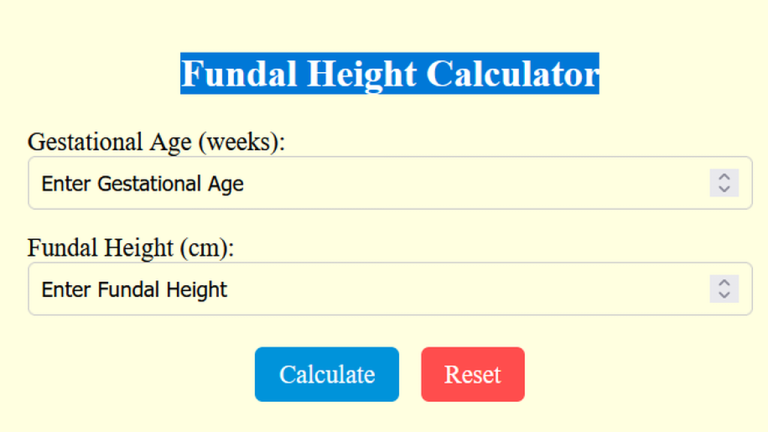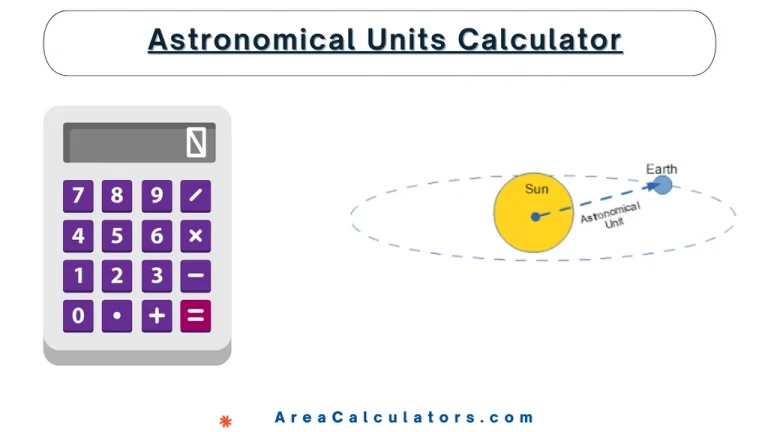Error in Area Calculator
To calculate the error in area, subtract the measured area (MA) from the true area (TA), divide the difference by the true area, and multiply by 100. This gives the percentage error in area.
To understand errors in area is crucial, especially in scientific fields like physics and numerical analysis. By calculating the error, you can know that how accurate a measurement is compared to the true value. So, whether it’s absolute error or relative error, these measurements help quantify the degree of deviation.
The formula used for this involves subtracting the measured area from the true area, dividing the difference by the true area, and multiplying by 100 to find the percentage error. This process allows you to calculate the error for various shapes and sizes, ensuring accuracy in your calculations.
Formula:
| Variable | Description |
|---|---|
| EIA | Error in Area (percentage) |
| TA | True Area |
| MA | Measured Area |
Solved Calculations
Example 1
| Step | Calculation |
|---|---|
| True Area (TA) | 50 square units |
| Measured Area (MA) | 48 square units |
| Subtract (TA – MA) | 50 – 48 = 2 square units |
| Divide by TA | 2 / 50 = 0.04 |
| Multiply by 100 | 0.04 * 100 = 4% error |
Example 2
| Step | Calculation |
|---|---|
| True Area (TA) | 100 square units |
| Measured Area (MA) | 95 square units |
| Subtract (TA – MA) | 100 – 95 = 5 square units |
| Divide by TA | 5 / 100 = 0.05 |
| Multiply by 100 | 0.05 * 100 = 5% error |
What is an Errors In Area Calculator?
Errors in area calculator is a significant tool. It works on the calculations that can result from small inaccuracies during the measurement process. These inaccuracies may be shown as absolute error or relative error, which help determine how far off the measurement is from the actual value.
The absolute error is the direct difference, while the relative error represents this difference as a percentage. Owing to this, the basic understanding of these concepts is important for reducing mistakes and ensuring precision, especially when working on tasks requiring accurate area measurements.
In some cases, you might also encounter percent error, which gives a clearer picture of the magnitude of the error. Fields like physics, numerical computing, and engineering rely heavily on minimizing these errors to ensure high-quality results. Being aware of standard error and knowing how to calculate these values with an area calculator helps improve accuracy.
Final Words:
To put things in perspective, minimizing absolute and relative errors is key in achieving accurate area measurements. By understanding and applying these error calculations, you can make better-informed decisions and improve measurement precision.


